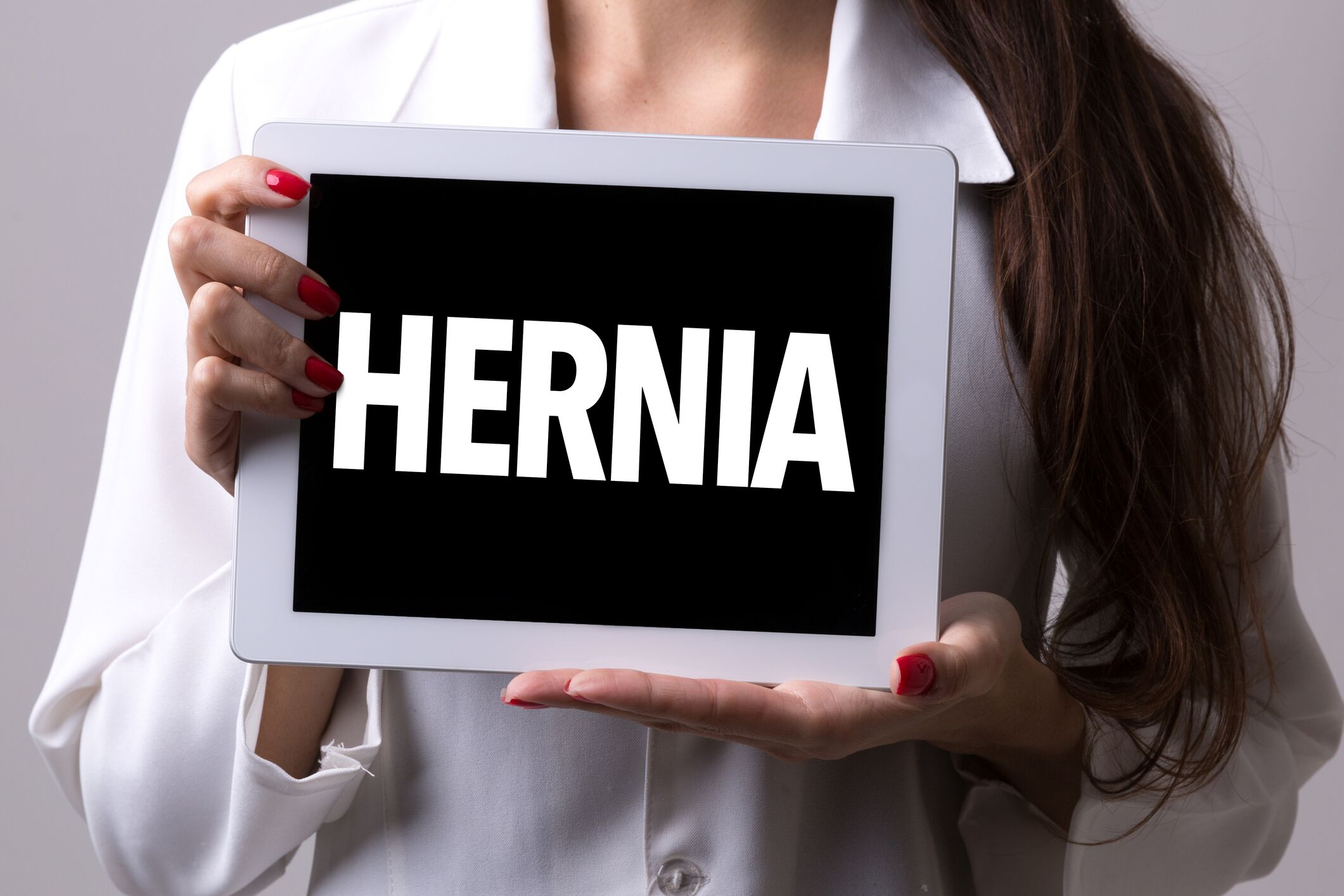What A Hernia Support Belt Can Mean For Your Overall Health

Hernias are protrusions that occur when the abdominal wall or the wall in the groin area are weakened. Essentially, the hernia makes it easier for an organ to slip out of its proper position. It's not uncommon for people to use some sort of hernia support before and after a surgical procedure. The most common form of hernia support is a belt. Does it really make much of a difference? Here are some examples of how the right belt can benefit the patient in more than one way.
Providing The Support That The Wall Cannot
Many people don’t realize how much the abdominal muscles do in terms of providing support for the body in general. It’s only when those walls are weakened that patients begin to realize how much of a difference they make. The good thing about hernia support belts is they provide the support that the wall no longer provides. While it may not completely compensate for the weakened wall, it certainly helps enough to allow you to function in relative comfort.
Minimizing the Potential for Injury to Different Organs
It’s understandable that your main focus is often doing something about the discomfort. Did you know that using a belt for hernia relief accomplishes more than reducing the current pain? It also helps to prevent painful damage for those temporarily displaced organs.
There’s a reason that your internal organs are positioned in a certain way. They are secure and less likely to sustain damage from outside forces. When the wall protecting them is weakened and they slip out of position, there is an increased risk of damage. That could result in organ failure as well as add to your pain.
With the belt as part of your hernia treatment, keeping the organs in a natural position is less complicated. Along with minimizing the potential for damage, you also reduce the risk of experiencing additional pain. The combination of the two will help you enjoy better health in the years after you finally undergo the surgery.
Making It Easier to Enjoy a Reasonable Range of Motion
Hernias do impact your range of motion. From reaching upward to attempting to turn your upper torso, the additional pressure is not good for the weakened wall or your organs. In fact, too much exertion could make the hernia worse.
When you opt for hernia support in the form of a belt, the area is stabilized. While there is still the need to move with caution, you can manage most of the tasks that were easy to do before the hernia developed. That’s bound to make your day more pleasant.
Walking is Less Painful Too
Have you considered how something as simple as taking a walk affects the hernia? You have to use muscles that are not in the best of condition right now. Instead of being good for you, the activity could make the hernia worse. Hernia support belts definitely help to add stability to the affected area. Instead of experiencing sudden pains as you attempt to walk, you can do so in relative comfort. Given how walking at a brisk pace is good for the heart, your respiration, and your body in general, it makes a lot of sense to wear a belt for hernia relief and keep on walking.
You Can Sleep More Soundly
Hernias will interfere with the ability to get to sleep and stay that way for several hours. Even if you can find a comfortable position and drift off, one shift during the night is all it takes to have you awake and in pain. What will you do once you can’t get back to sleep?
A form of hernia treatment like a support belt makes it easier to find the right position and get to sleep. Even better, the right type of belt ensures that if you roll onto your side during the night, there will not be sudden pain to wake you. If getting a reasonable amount of quality sleep is important to you, investing in a belt for hernia support makes a lot of sense.
Giving the Body Time to Heal
While some people think that hernia support belts are only used prior to surgery, they can also be useful tools in the weeks after you undergo the procedure. Along with providing support as the tissue heals, they also protect the area from a number of possible injuries. The result is that the healing progresses without complications and you have a better chance for a full recovery.
Maintaining Your Emotional Equilibrium
Much of the focus on the belts has to do with physical hernia relief. While that’s important, don’t discount the impact that the proper hernia treatment will have on your mental and emotional state. The right type of belt eases the physical stress that could make you irritable, prone to bouts of depression, and possibly trigger anxiety attacks.
Armed with this valuable type of hernia support, people and events at work are easier to take in stride. You are able to move about more freely, which in turn is good for your emotional well-being. Without dealing with constant pain, your nerves are less likely to become so worn and weary that your mind races at the slightest sight or sound. In short, the belt makes it possible to deal with day to day events and not experience an excessive reaction to them.
Being diagnosed with a hernia does mean finding ways to cope. In some cases, you may wear hernia support belts for some time before undergoing surgery. You may also need one for hernia relief as you recover from the procedure. Remember that the goal of any hernia treatment is to control the situation and allow you to get on with life. With the help of your medical professional, it will be easy to find the belt design that works for you and provides the greatest number of benefits.

